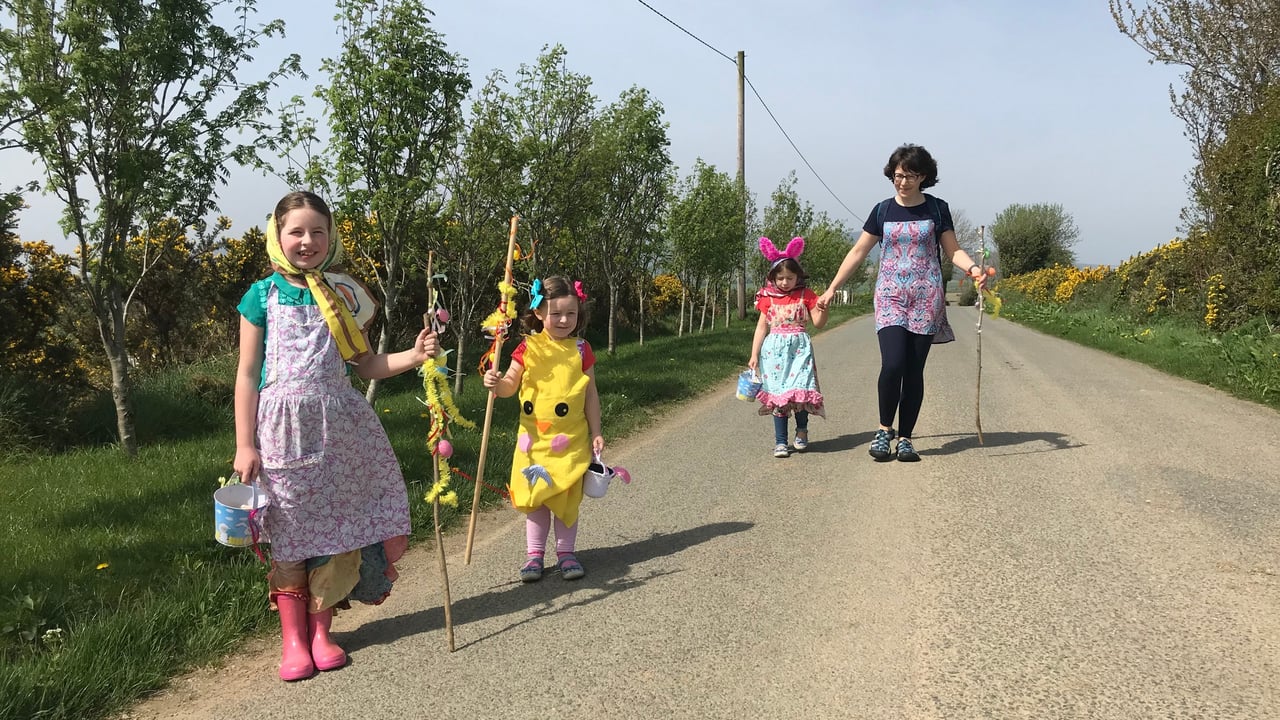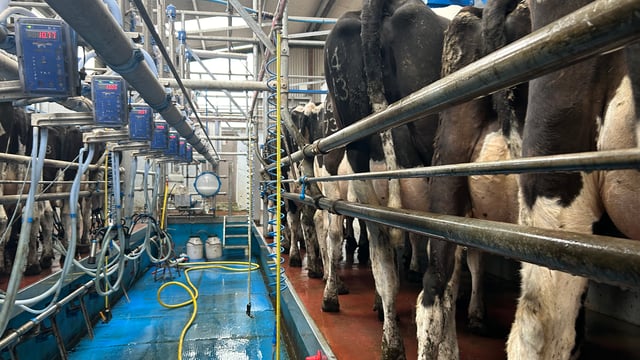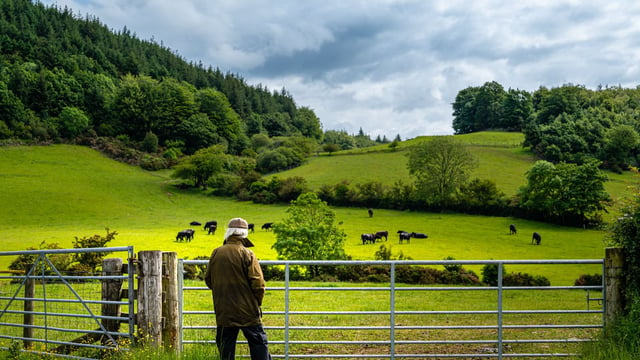How are eggs and Easter connected? 'Gugging' and other customs explained
The egg is synonymous with Easter festivities, with its roots dating back to the pre-Christian symbol of fertility and restoration.
The egg was later adopted by Early Christians as a symbol of the resurrection of Christ - an empty shell representing the empty tomb from which he rose.
In Wexford, the age-old tradition of 'gugging for eggs' - which involves children dressing up in colourful costumes and visiting neighbours to ask for eggs - is still practiced in small pockets of the county.
Folklorist Michael Fortune of Folklore.ie explained that historically, gugging was mostly done on Holy Saturday or on Easter Monday in some cases, and was often perceived as a "class-based practice", typically involving children from poorer families.
The name derives from the colloquial Irish term for an egg, known as a 'gug' or a 'gugee egg', which is still widely used today to refer to the simple dish of a boiled egg, mashed together in a cup with butter and salt, the folklorist explained.
Armed with sticks, baskets, aprons, old clothes, and masks, children would walk out from towns and villages into the countryside, where they would call into farms, singing rhymes and uttering the words "me aester (Easter) egg on you?", to which they would receive an egg and be on their way.
Children would then have a picnic, or a "clúdog", during which they would light a fire and boil the collected eggs in a field, often adding fragments of leaves, flowers, or berries before tying string around the eggs in an effort to decorate them prior to eating.
An almost identical tradition is also practiced in Sweden and in Finland, Fortune asserted.
In the past, the church prohibited Catholics from eating eggs during the week before Easter, which resulted in believers devouring several on Easter Sunday, with a side of soda bread marked with a cross, as a means of celebrating the end of lent.
This custom of splurging out on eggs is still evident today, with chocolate varieties having since replaced the traditional egg.
Additionally on Holy Saturday, people would often have salt blessed, which would later be used on the eggs on Easter Sunday morning for good luck.
According to Fortune, the same salt was also often used to by farmers, who would sprinkle it on their livestock as a means of blessing the animal.
Lastly, the egg shells would usually be put aside and used to decorate the 'May Bush' on the eve of or during May Day, in a bid to appease the fairies or 'the good people', as some people referred to them as.
The May Bush was typically a a hawthorn tree, which is notorious in Irish folklore for its apparent connections with the 'fairy people'.
This act was mostly undertaken by girls, who in addition to colouring the egg shells, would collect seasonal flowers, rags, and ribbons to don the tree in an effort to ward off misfortune for the year ahead.
Additional Easter customs:
- Spring clean - traditionally, people would clean the house from top to bottom on Good Friday, before the local priest would visit to offer an easter blessing;
- Holy well - water collected from holy wells on Good Friday was considered particularly potent in healing properties;
- Haircut - getting ones hair cut on Good Friday was thought to grant immunity from headaches for the year ahead;
- Shaving - people were advised to avoid shaving on Good Friday as shedding blood on the day was considered to bring bad luck to the subject.





